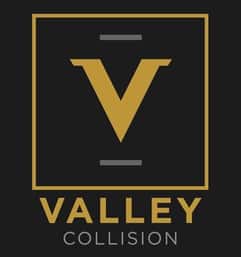If you need a car repair, the last thing you want is to feel confused or overwhelmed by your estimate. Understanding the terms used in your car repair estimate can help you make informed decisions and ensure you get what you pay for. Let’s break down the terminology to give you a clear and transparent repair process.
What Is Remove & Replace (R&R)?
Remove and Replace, or R&R for short, refers to the labor required to remove a damaged part from your vehicle and install a new or reconditioned one. This can include parts such as engines, transmissions, damaged body panels, or other major components.
The cost of R&R depends on the part being replaced and the complexity of the installation process. If the part is easily accessible and straightforward to install, the R&R cost will be lower. However, if the part requires specialized tools or a significant amount of time to remove and replace, the R&R cost may be higher.
What Is Remove & Install (R&I)?
Remove and Install, or R&I, is similar to R&R because it also involves removing a part from your vehicle. Instead of installing a new part, though, the same part is reinstalled. This is used to either temporarily gain access to another component or to repair the part outside of the vehicle.
R&I is generally less expensive than R&R since there is no additional cost for a new or reconditioned part. However, it can still involve significant labor costs depending on the complexity of the removal and installation process.
Other Common Terms to Know
R&R and R&I are essential terms to know from your car repair estimate, but they are not the only ones that matter. Below are some other common terms that can help you understand your estimate better:
OEM (Original Equipment Manufacturer)
OEMs are parts made by the same manufacturer as your vehicle. They are typically more expensive than aftermarket parts but may be necessary for certain repairs, especially if your car is still under warranty.
PDR (Paintless Dent Repair)
PDR is a method of removing small dents from your vehicle without having to repaint the damaged area. It can be an affordable and efficient option for minor repairs that lower your total car repair estimate.
O/H (Overhaul)
O/H refers to a complete repair or replacement of a major component in your vehicle, such as an engine or transmission. This can be costly, but it may be necessary if the damaged component is beyond repair.
FEA (Front-End Alignment)
A front-end alignment is the process of adjusting the angles of your vehicle’s wheels to ensure they are parallel and perpendicular to the ground. This can improve your car’s handling and prevent uneven tire wear.
T&M (Time & Material)
T&M refers to the cost of labor and materials used for a repair. This can vary depending on the following:
- Labor Rate: The hourly rate charged by the repair shop for their services.
- Parts Cost: The price of necessary parts, including OEM or aftermarket options.
- Time Required: The estimated time it will take to complete the repair.
Receive High-Quality Repairs at Valley Collision
You need complete transparency when it comes to your car repair estimate. Come to Valley Collision to experience clear communication and high-quality repairs at a fair price. You’ll be walked through the details of your estimate by our experienced technicians and get answers to all of your questions. Schedule your appointment and get your vehicle professionally fixed.

